Book Now
Pre/Post-Operative Rehabilitation
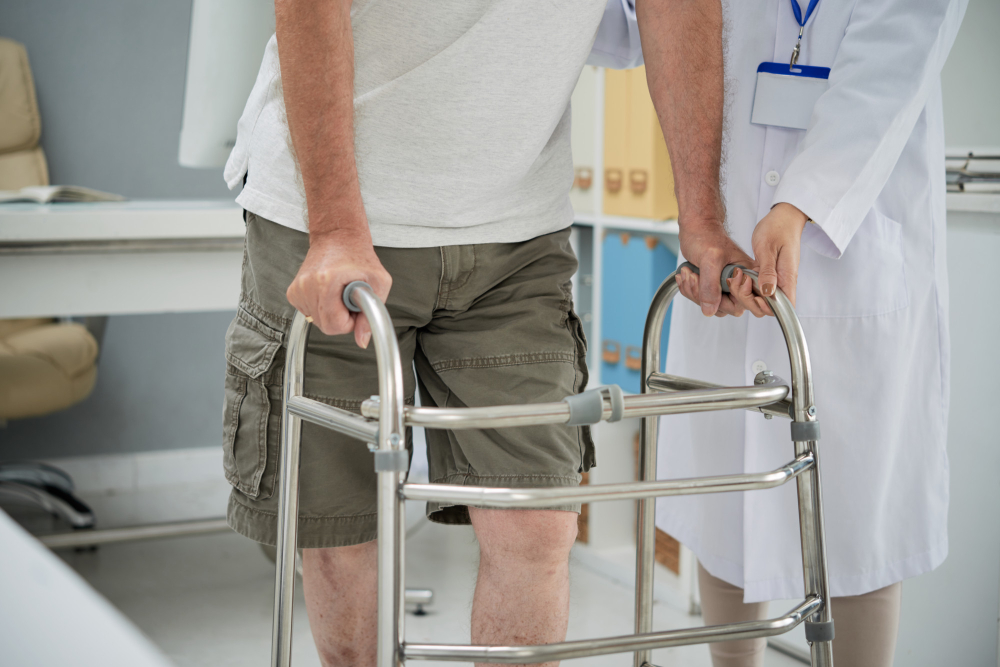
Pre-Operative Rehabilitation
Pre-operative rehabilitation, commonly known as prehabilitation or "prehab", is a program designed to enhance a patient's physical condition prior to surgery with the aim of increasing post-operative recovery. It involves targeted exercises and treatments that are specific to the type of surgery a patient is scheduled to undergo.
Key Components of Pre-Operative Rehabilitation
Here are some key components of pre-operative rehabilitation:
- Strength Training: Building strength, particularly in the muscles surrounding the area to be operated on, can help improve surgical outcomes and speed up recovery.
- Flexibility Exercises: Flexibility maintenance or improvement can speed up healing and lower the risk of problems following surgery.
- Cardiovascular Conditioning: Improving cardiovascular health can help the body better tolerate the stress of surgery and recover more quickly.
- Balance & Proprioception Training: For orthopedic surgeries, improving balance and proprioception (the sense of the relative position of one's own parts of the body and strength of effort being employed in movement) can help reduce the risk of falls and improve mobility post-surgery.
- Education: Understanding what to expect during and after surgery can reduce anxiety and help patients actively participate in their recovery. This can include information about pain management, wound care, and the recovery timeline.
- Nutrition & Hydration: The body can handle the stress of surgery better and heal more quickly with proper nutrition and water.
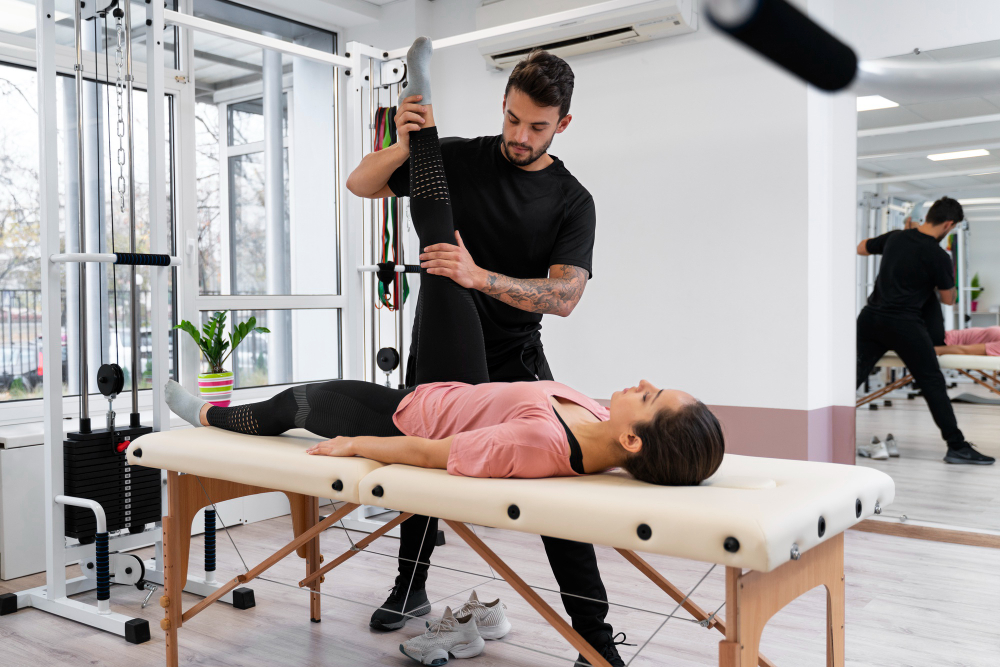
Benefits
- Improved Physical Fitness: Prehab can help improve a patient's strength, flexibility, and overall fitness before surgery, which can lead to better surgical outcomes.
- Reduced Recovery Time: Physically fit patients recover from surgery faster, which cuts down on the length of hospital stays and the duration of recovery.
- Reduced Risk of Complications: Prehab can lessen the chance of postoperative problems such as blood clots, pneumonia, and infections.
- Improved Mental Preparedness: Prehab can help patients understand what to expect from the surgery and the recovery process, reducing anxiety and stress.
- Improved Post-Operative Function: Patients who undergo prehab are often better able to participate in post-operative rehab and return to their normal activities more quickly.
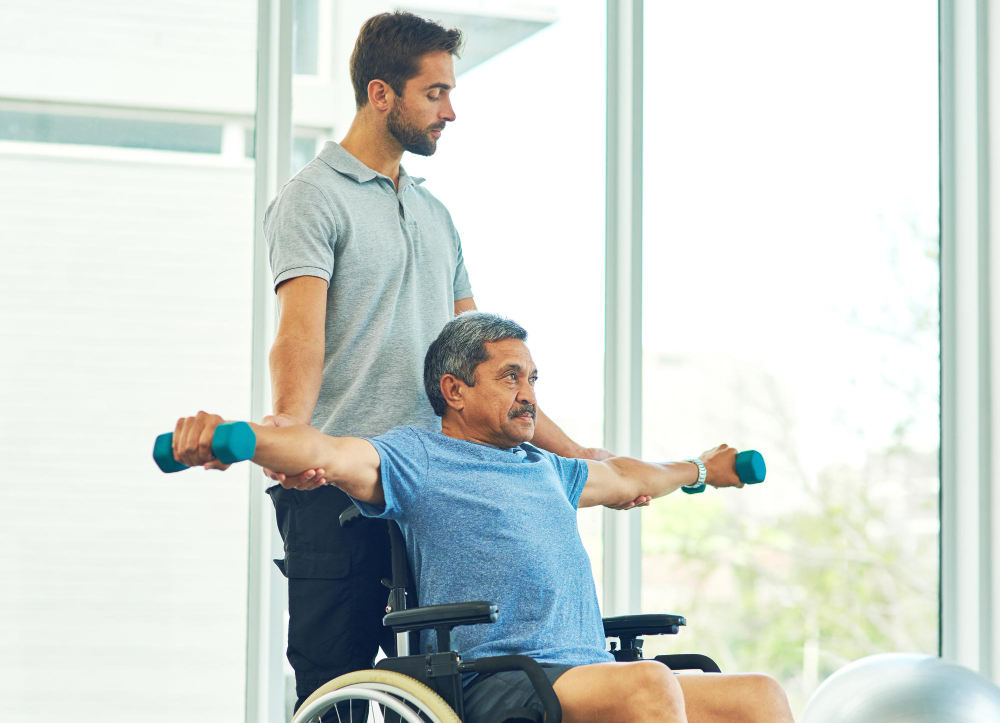
Treatments
- Physical Conditioning: This often includes exercises to improve strength, flexibility, and endurance, especially in the area that will be operated on.
- Nutrition Optimization: Good nutrition can help the body heal more quickly after surgery.
- Patient Education: Understanding what to expect during and after surgery can help reduce anxiety and improve outcomes.
- Smoking Cessation: If the patient smokes, quitting at least a few weeks before surgery can reduce the risk of complications and promote faster healing.
- Alcohol Moderation: Excessive alcohol intake can interfere with the body's ability to recover from surgery. Moderation or abstaining from alcohol might be advised.
- Medication Management: Certain medications may need to be adjusted or stopped prior to surgery.
- Pre-operative Testing: Depending on the type of surgery and the individual's health, certain tests may be performed before surgery.
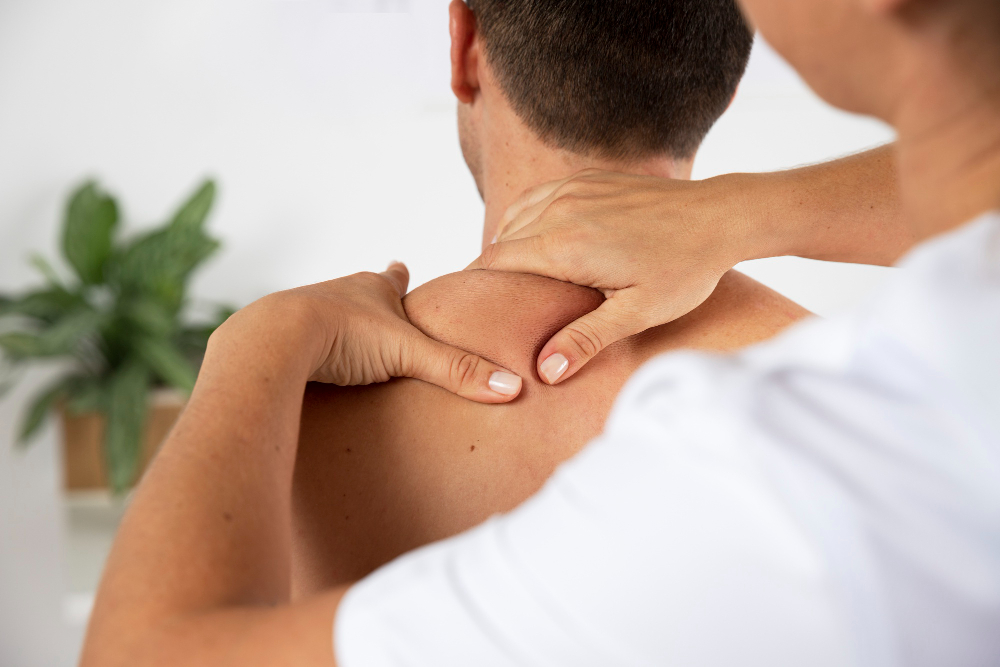
Post-Operative Rehabilitation
Post-operative rehabilitation, or post-op rehab, is a therapeutic approach that helps individuals recover after surgery. The main goals are to help regain strength, recover mobility, and return to daily activities while preventing complications. A post-operative rehabilitation program’s particular component will vary depending on the procedure, the patient's general health, and the surgeon's recommendations.
Key Components of Post-Operative Rehabilitation
Here are some of the key components:
- Pain Management: Post-operative rehabilitation begins with managing pain after surgery. Physical therapists can also utilize methods like cold, heat, massage, and transcutaneous electrical nerve stimulation (TENS) to help control pain in addition to the medicine that the surgeon frequently prescribes.
- Mobilization: Early mobilization after surgery can help prevent complications such as blood clots, pressure ulcers, and pneumonia. This usually starts with basic movements and gradually increases as the patient's condition improves.
- Exercise & Physical Therapy: In order to increase strength, specific exercises will be suggested. These workouts could focus on the surgically repaired area as well as other body parts that might have lost fitness during the patient's hospital stay.
- Occupational Therapy: Occupational therapy can play a significant role in the post-operative rehabilitation process for surgeries that have an impact on the patient's capacity to carry out daily duties. Occupational therapists can provide adaptive strategies and equipment to help patients regain independence.
- Education: Patients will receive education on how to manage their pain, how to avoid complications, and when they can resume their regular activities. This education can also include nutritional advice to promote healing.
- Follow-Up Care: To track the patient's development, modify the rehabilitation plan as necessary, and address any issues or complications that may develop routine follow-up sessions will be set up.
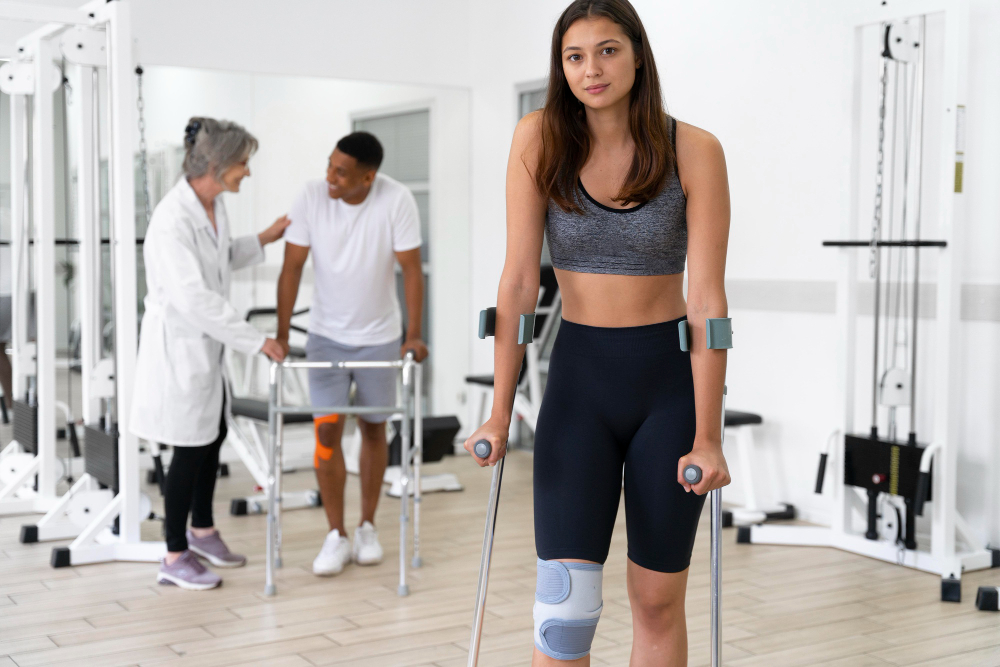
Benefits
- Pain Management: Rehab can help manage post-operative pain through physical therapy techniques and exercises.
- Improved Physical Function: Rehab exercises can help patients regain strength, flexibility, and mobility after surgery.
- Quicker Return to Activities: Rehab can help patients return to their daily activities and hobbies more quickly and safely.
- Reduced Risk of Complications: By improving mobility and promoting healing, rehab can reduce the risk of postoperative complications, such as blood clots and wound infections.
- Prevention of Long-Term Issues: By addressing any post-surgical issues early, rehab can help prevent long-term problems, such as chronic pain or limited mobility.
- Education & Support: Rehab helps patients understand what's happening and how to manage their recovery by offering continuing education and assistance throughout the recovery process.

Treatments
- Pain Management: Pain is often a significant issue after surgery. Pain management can include medications, such as opioids, NSAIDs, or acetaminophen, as well as non-drug treatments like ice, heat, and massage.
- Occupational Therapy: Patients are assisted by occupational therapists in regaining the abilities needed for daily tasks like dressing, bathing, cooking, and driving.
- Wound Care: Proper care of the surgical site is crucial to prevent infection and promote healing.
- Nutrition Support: Good nutrition is important for healing after surgery. A dietitian may provide advice on a balanced diet that supports wound healing and overall recovery.
- Medication Management: Depending on the surgery and the patient's overall health, various medications may be needed after surgery.
- Follow-up Appointments: Regular follow-up appointments with the surgical team allow for monitoring of the recovery process, adjusting treatments as necessary, and addressing any concerns or complications.
- Patient Education: Patient education on the recovery process, including what to anticipate, how to cope with pain, and how to avoid problems, is part of this.

